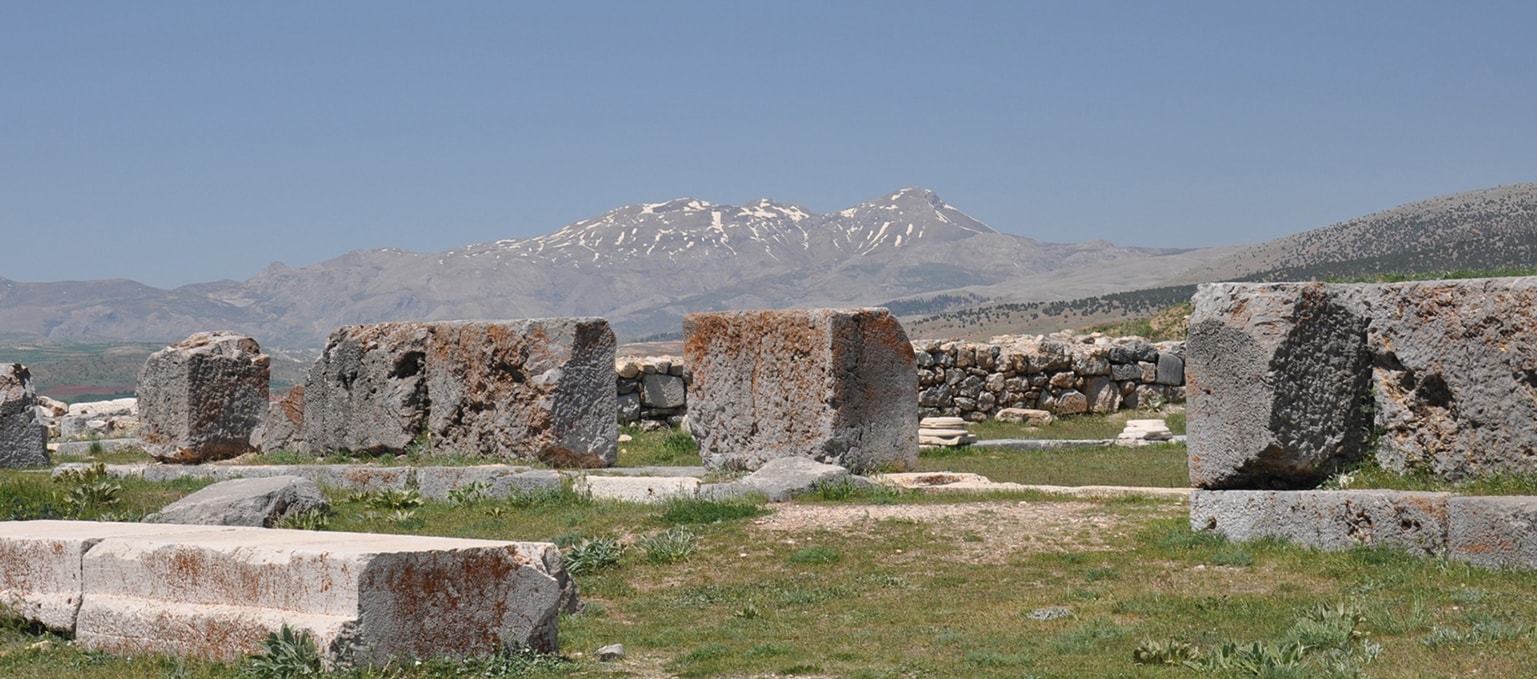Location
Archaeologists have been drawn to the Colonia Caesarea Antiochia since its "discovery" by Francis Vyvyan Jago Arundell in 1833. The site lies just outside modern-day Yalvaç in Turkey, upon a plataeu that rises to the north of the Yalvaç Çay, or the river called Anthios in antiquity.
During Roman times, Antioch was located in the province of Galatia on the border between the states of Phyrgia and Pisidia in central Asia Minor. All roads in Galatia led to Antioch, namely the Via Sebaste, which extended East and West across Asia Minor. Thus, Antioch was widely accessible via the extensive road system established throughout Asia Minor.
Historical Context
The Roman Empire annexed the province with Antioch in 25 BCE. Augustus established a colony of veterans from Legion V and VII there as a anttempt to pacify the newly aquired region. These Roman veterans became the new political leadership of Antioch and the indigenous Graeco-Phrygian peoples remained only as incolae (residents stripped of citizenship rights). A functioning Greek polis was adapted into an Imperial colony. Thus, Antioch's culture is characterized by the interaction between its Greek heritage and colonial legacy.
Furthermore, Antioch's coinage serves to define the main religious and cultural identifiers of a colony. These icons including Tyche, Genius, and Anthius bridged the gap between the Roman Empire and its Eastern provinces.
